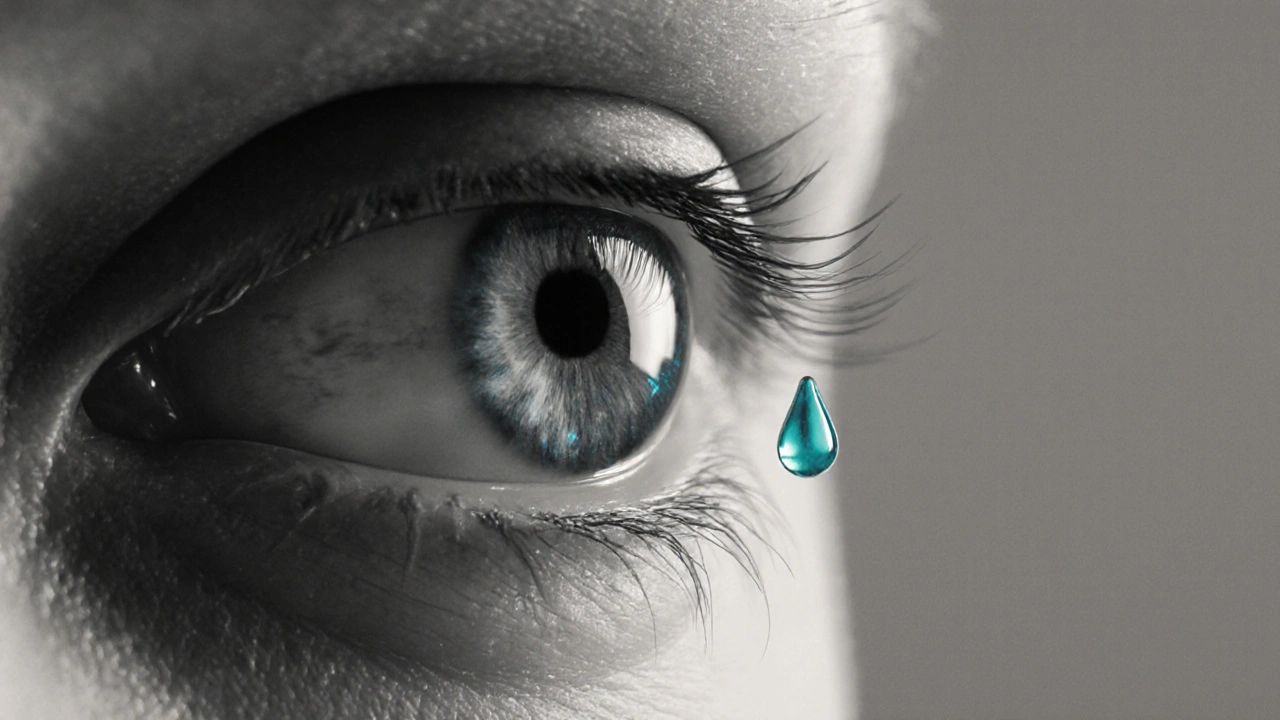Ocular Hypertension: What It Is and How to Manage It
When dealing with ocular hypertension, a condition where eye pressure is higher than normal without obvious optic nerve damage. Also known as high eye pressure, it can signal future problems if left unchecked. Understanding this condition helps you stay ahead of possible vision loss. Ocular hypertension itself isn’t a disease, but a warning sign that deserves attention.
One key player is intraocular pressure, the fluid pressure inside the eye measured in millimeters of mercury. Normal ranges sit between 10‑21 mmHg; anything above that flags ocular hypertension. This pressure comes from the balance of aqueous humor production and drainage. When drainage slows, pressure climbs, creating a mechanical stress on the eye’s delicate structures.
The next big entity is glaucoma, a group of eye diseases that damage the optic nerve often linked to high intraocular pressure. While not everyone with ocular hypertension develops glaucoma, the risk is real—studies show a 10‑15% conversion rate over five years. Keeping a close eye on pressure trends can catch the shift early, before permanent vision loss sets in.
Managing pressure usually starts with eye drops, topical medications that lower intraocular pressure by improving fluid outflow or reducing production. Prostaglandin analogs, beta‑blockers, and carbonic anhydrase inhibitors are common choices. Most patients see a 20‑30% drop in pressure within weeks, and regular use is crucial for stable control.
If drops aren’t enough, laser trabeculoplasty, a quick outpatient laser procedure that enhances drainage through the trabecular meshwork offers a non‑surgical alternative. Success rates hover around 70%, and many patients can reduce or stop their drops afterward. The procedure is painless, takes only minutes, and has a short recovery period.
Risk factors shape how aggressively you’ll need to act. Age over 60, a family history of glaucoma, diabetes, high myopia, and certain ethnic backgrounds—especially African or Hispanic—raise the odds of pressure spikes. Even lifestyle habits like excessive caffeine or lack of exercise can nudge pressure upward. Knowing your personal risk profile helps tailor monitoring frequency and treatment intensity.
Regular check‑ups are the backbone of management. Tonometry, the measurement of intraocular pressure, should be performed at least every six months for most patients, and more often if pressures fluctuate. Alongside pressure readings, optic nerve imaging and visual field tests track any subtle changes, forming a comprehensive picture of eye health.
Beyond medical therapy, simple lifestyle tweaks support pressure control. Moderate aerobic exercise, a balanced diet rich in leafy greens, and limiting salty foods can aid fluid balance. Staying hydrated without over‑drinking, especially before bedtime, prevents sudden pressure spikes. These habits complement medication and laser treatments, giving you a fuller toolkit.
Armed with this overview, you’ll know what ocular hypertension means, how it connects to intraocular pressure and glaucoma, and what steps you can take—from eye drops to laser therapy and lifestyle changes. Below you’ll find a curated collection of articles that dig deeper into each of these topics, offering practical tips, detailed drug guides, and the latest research insights to help you stay ahead of eye pressure issues.
Brimonidine Tartrate: Uses, Benefits & Eye Care Guide
- Laura Ledas
- Sep, 22 2025
Explore what brimonidine tartrate does, its benefits for glaucoma, ocular hypertension and allergic eye disease, dosing tips, side effects, and how it compares to other eye‑drop treatments.
Learn More